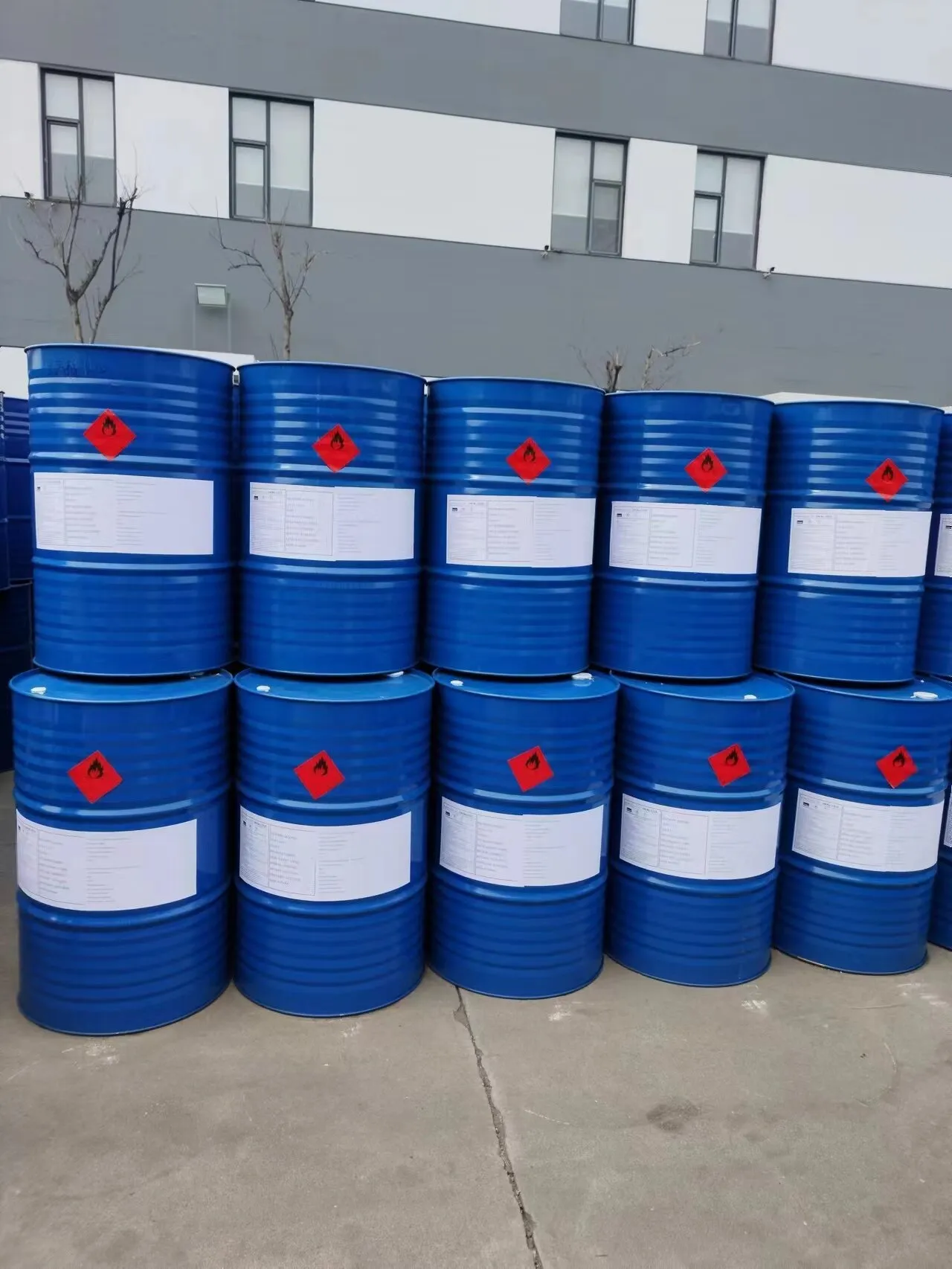
Understanding the Differences Between Acetic Acid and Glacial Acetic Acid
Understanding Acetic Acid and Glacial Acetic Acid A Comprehensive Overview
Acetic acid, also known as ethanoic acid, is a colorless liquid organic compound with a distinctive sour taste and pungent odor. It is best known as the primary component of vinegar, where it usually exists in a diluted form, typically around 5-20% concentration. Acetic acid plays a vital role in various industrial and laboratory applications due to its chemical properties. When it comes to more concentrated forms, glacial acetic acid emerges as a prominent subject.
Defining Acetic Acid
Acetic acid (CH₃COOH) is a simple carboxylic acid that is widely recognized for its acidity and ability to donate protons (H⁺ ions) in solution. It is a crucial chemical for many biological processes and is inherently safe in the diluted form that is generally encountered in households. In addition to its culinary use in food preservation and flavoring, acetic acid is used in the production of various chemicals, such as acetic anhydride and acetate esters, which are utilized for synthetic fibers, plastics, and paint.
The term acetic acid can refer to its various concentrations, but when scientists mention glacial acetic acid, they are referring to a pure, concentrated form of acetic acid that contains at least 99.5% acetic acid by volume. The name glacial arises from its ability to form ice-like crystals at low temperatures, giving it a solid appearance.
Characteristics of Glacial Acetic Acid
Glacial acetic acid is a hygroscopic liquid; it can absorb moisture from the environment and is known for its highly acidic nature. The boiling point of glacial acetic acid is considerably higher than that of water, boiling at 118°C (244°F), whereas its melting point is at 16.6°C (61.88°F). At room temperature, it is a colorless liquid that can appear deceptively similar to water, but its corrosive properties should not be underestimated. Handling glacial acetic acid necessitates strict safety protocols, including the use of protective equipment, as it can cause skin burns and damage to mucous membranes.
acetic acid and glacial acetic acid

Industrial and Laboratory Uses
Glacial acetic acid has numerous applications in various industries, one of the primary uses being in the manufacture of synthetic fibers such as rayon and polyester. It also acts as a solvent in various reactions and processes because it can engage in hydrogen bonding, thereby increasing the solubility of many compounds. Furthermore, its role in the production of acetic anhydride is significant, as acetic anhydride is utilized in the synthesis of medications, perfumes, and plastics.
In laboratory settings, glacial acetic acid is often used in titrations, as a solvent for chemical reactions, and in the preparation of buffer solutions. Its precise acidity makes it a useful reagent in organic synthesis, where it participates in esterification reactions to form esters and other derivatives.
Safety Considerations
Despite its widespread use, safety considerations surrounding glacial acetic acid cannot be overlooked. When working with this concentrated form of acetic acid, it is crucial to understand its potential hazards. Inhaling vapors can lead to respiratory irritation, while contact with skin or eyes can cause severe burns. As such, proper ventilation, protective gloves, goggles, and lab coats are essential when handling glacial acetic acid. Additionally, it should be stored in cool, dry places away from incompatible substances such as strong oxidizing agents.
Conclusion
Acetic acid and glacial acetic acid serve as essential compounds in both everyday products and industrial processes. While the diluted form finds its place in household kitchens and food preservation, the concentrated form plays a significant role in various chemical industries and laboratories. Understanding the properties, applications, and safety protocols surrounding these acids is fundamental for safe and effective use. Whether in a culinary context or a laboratory setting, acetic acid demonstrates its versatility and importance in modern science and industry. With ongoing research and innovation, the potential uses of both acetic and glacial acetic acid continue to expand, keeping this compound at the forefront of chemical applications for years to come.
-
Understanding Synthetic Rubber OptionsNewsApr.27,2025
-
Trichloroisocyanuric Acid: Essential for Clean and Safe WaterNewsApr.27,2025
-
Sodium Dichloroisocyanurate: Key to Safe Water TreatmentNewsApr.27,2025
-
Sodium Acid Pyrophosphate: Essential in Modern Food ProcessingNewsApr.27,2025
-
Essential Water Treatment ChemicalsNewsApr.27,2025
-
Denatured Alcohol and Its Industrial UsesNewsApr.27,2025
-
The Versatile Uses of Sodium BicarbonateNewsApr.24,2025
Hebei Tenger Chemical Technology Co., Ltd. focuses on the chemical industry and is committed to the export service of chemical raw materials.
-

view more DiethanolisopropanolamineIn the ever-growing field of chemical solutions, diethanolisopropanolamine (DEIPA) stands out as a versatile and important compound. Due to its unique chemical structure and properties, DEIPA is of interest to various industries including construction, personal care, and agriculture. -

view more TriisopropanolamineTriisopropanolamine (TIPA) alkanol amine substance, is a kind of alcohol amine compound with amino and alcohol hydroxyl, and because of its molecules contains both amino and hydroxyl. -

view more Tetramethyl Thiuram DisulfideTetramethyl thiuram disulfide, also known as TMTD, is a white to light-yellow powder with a distinct sulfur-like odor. It is soluble in organic solvents such as benzene, acetone, and ethyl acetate, making it highly versatile for use in different formulations. TMTD is known for its excellent vulcanization acceleration properties, which makes it a key ingredient in the production of rubber products. Additionally, it acts as an effective fungicide and bactericide, making it valuable in agricultural applications. Its high purity and stability ensure consistent performance, making it a preferred choice for manufacturers across various industries.











